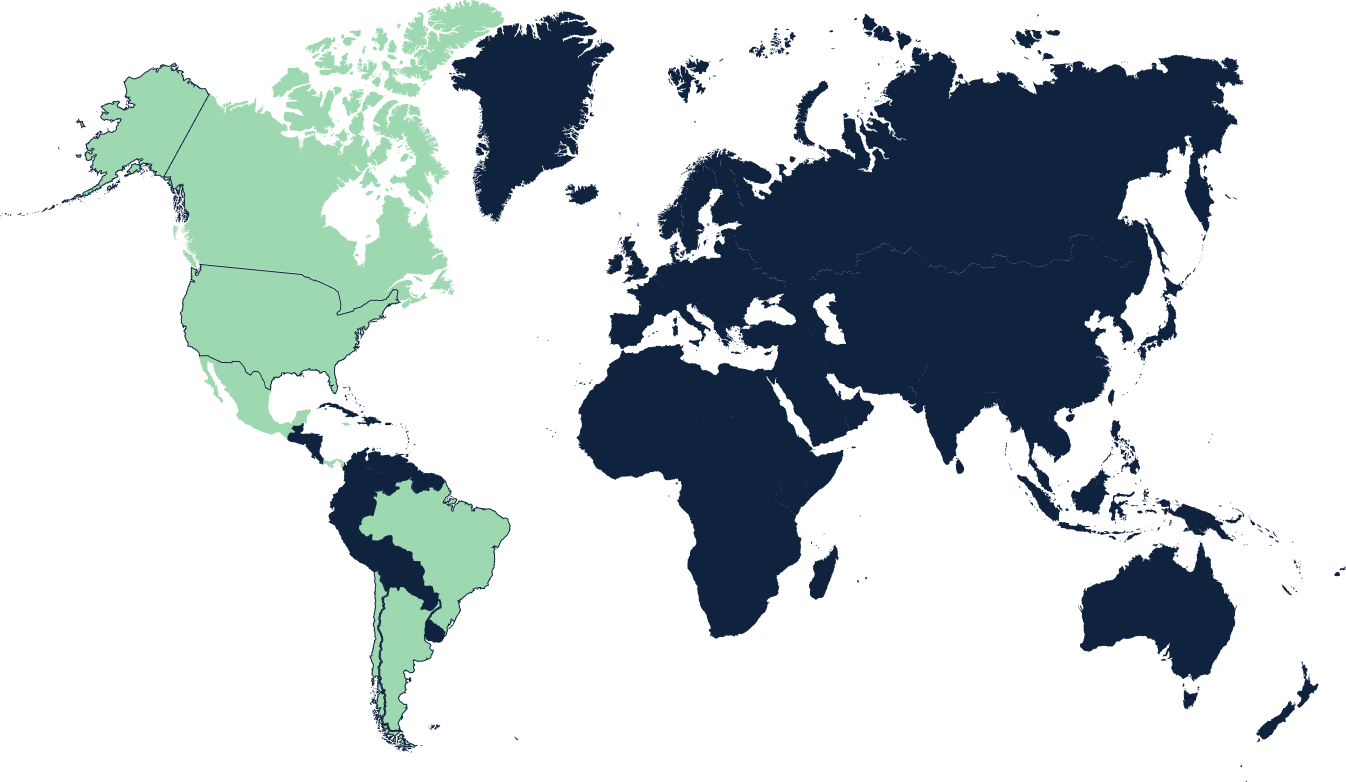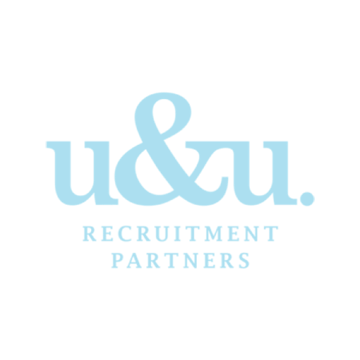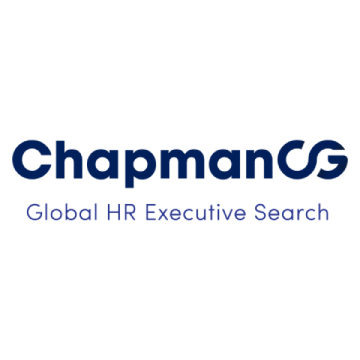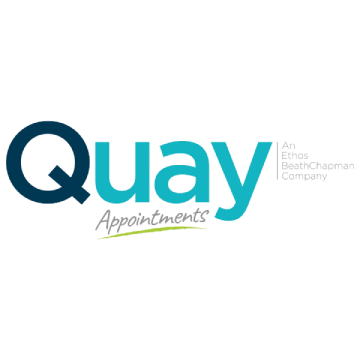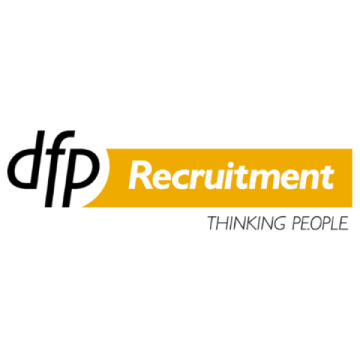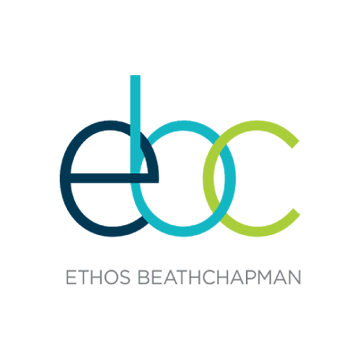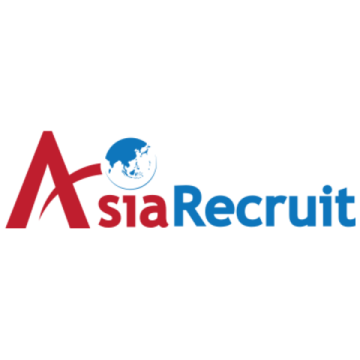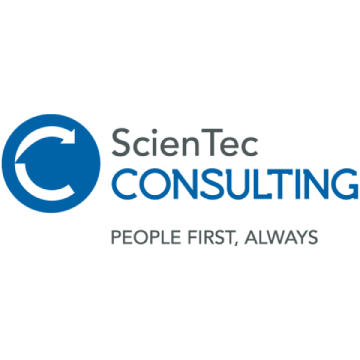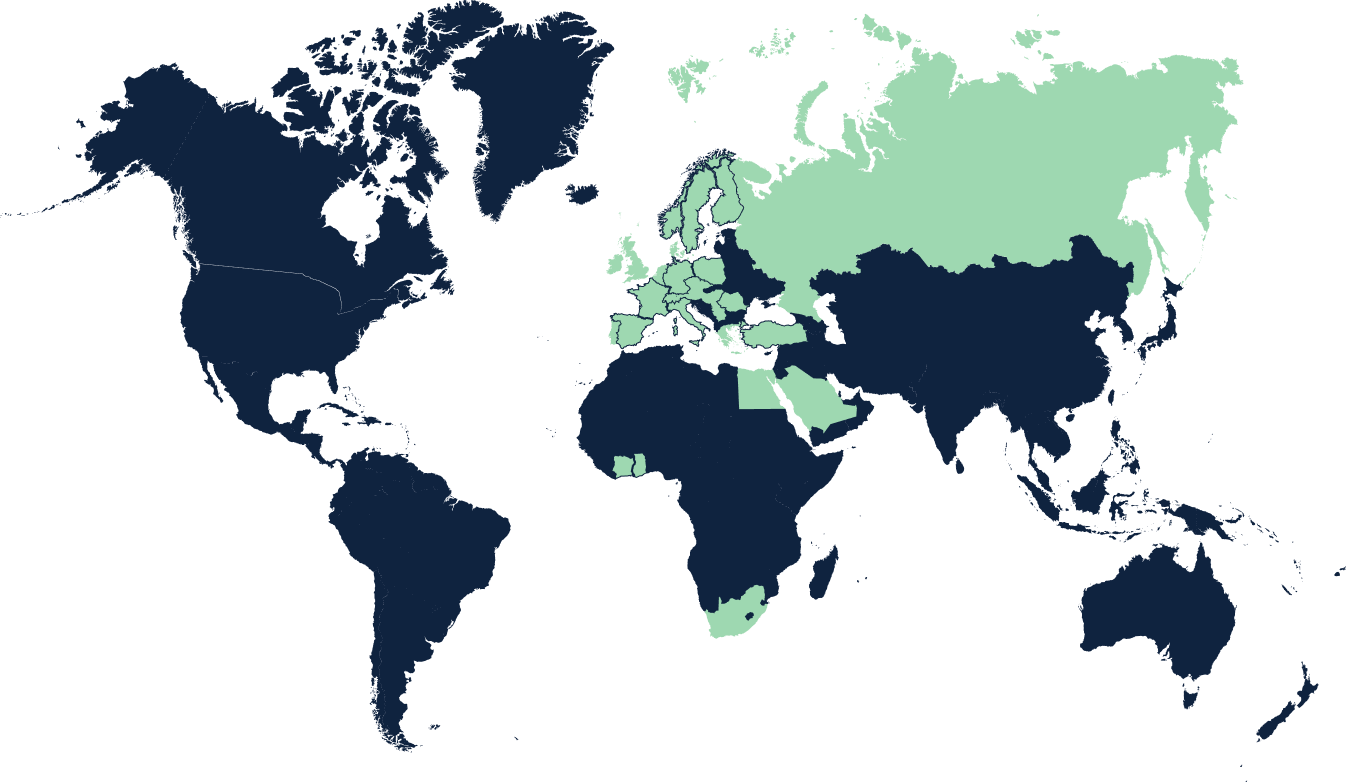Who we are
ABOUT US
As a global organization, we support our brands, as they provide multi-industry talent and HR solutions across Africa, Asia, Australia, Europe, North America, and South America.

Hero Brands
Countries of Operations
Industries
Team Members
Clients Served
Contractors
CANDIDATES
What we do
WORLD CLASS SERVICES
Executive Search
Executive Search
We specialise in executive search, connecting businesses with top-tier leadership talent. Leveraging our global network and industry expertise, we source candidates that not only meet technical criteria but also resonate with organisation’s ethos.
Permanent Recruitment
Permanent Recruitment
Our renowned expertise in recruitment, encompasses a wide variety of industries and sectors. Driven by our hero brands and dedicated team, we cater to roles from entry-level to the executive suite.
Contract & Staffing
Contract & Staffing
Will’s hero brands offer a unique blend of recruitment expertise and advanced HCM and payroll software, ensuring comprehensive management of the temporary-employment cycle for your contingent workforce.
HR Managed Services & Advisory
HR Managed
Services & Advisory
Our hero brands offer strategic HR consultation and planning. Services include talent acquisition, onboarding, human capital reporting, organisational transformation, and employee engagement.
Permanent Recruitment
Permanent Recruiment
Our renowned expertise in recruitment, encompasses a wide variety of industries and sectors. Driven by our hero brands and dedicated team, we cater to roles from entry-level to the executive suite.
Contract & Staffing
Contract & Staffing
Powered by our unique hybrid technology strategy, Will’s contract and staffing services offer a proprietary solution, seamlessly blending recruitment expertise with cutting-edge HCM (Human Capital Management) and payroll software, facilitating a holistic management of the temporary-employment cycle for your contingent workforce.
HR Managed Services & Advisory
HR Managed Services & Advisory
Through our hero brands, we empower organizations by offering insightful consultation and strategic planning services tailored to core HR functions. Our brands’ offerings encompass talent acquisition, onboarding, human capital reporting, organizational transformation, employee engagement, and beyond.
Talent and Executive Search
Talent and Executive Search
We specialize in executive search, connecting businesses with top-tier leadership talent. Leveraging our global network and industry expertise, we source candidates that not only meet technical criteria but also resonate with organization’s ethos.

Where we’ve made placements
Our Global Reach
- ALASKA (USA)
- CANADA
- USA
- MEXICO
- JAMAICA
- PANAMA
- BRAZIL
- CHILE
- ARGENTINA
- RUSSIA
- UNITED KINGDOM
- GERMANY
- NORWAY
- SWEDEN
- FINLAND
- NORWAY
- IRELAND
- FRANCE
- SAUDI ARABIA
- SOUTH AFRICA
- SPAIN
- egypt
- ghana
- cote d’ivore
- turkey
- greece
- serbia
- romania
- czech republic
- italy
- switzerland
- Hungary
- poland
- CHINA
- SOUTH KOREA
- THAILAND
- cambodia
- philippines
- japan
- Australia
- new Zealand
- indonesia
- malaysia
- INDIA
- vietnam
- bangladesh
- myanmar
